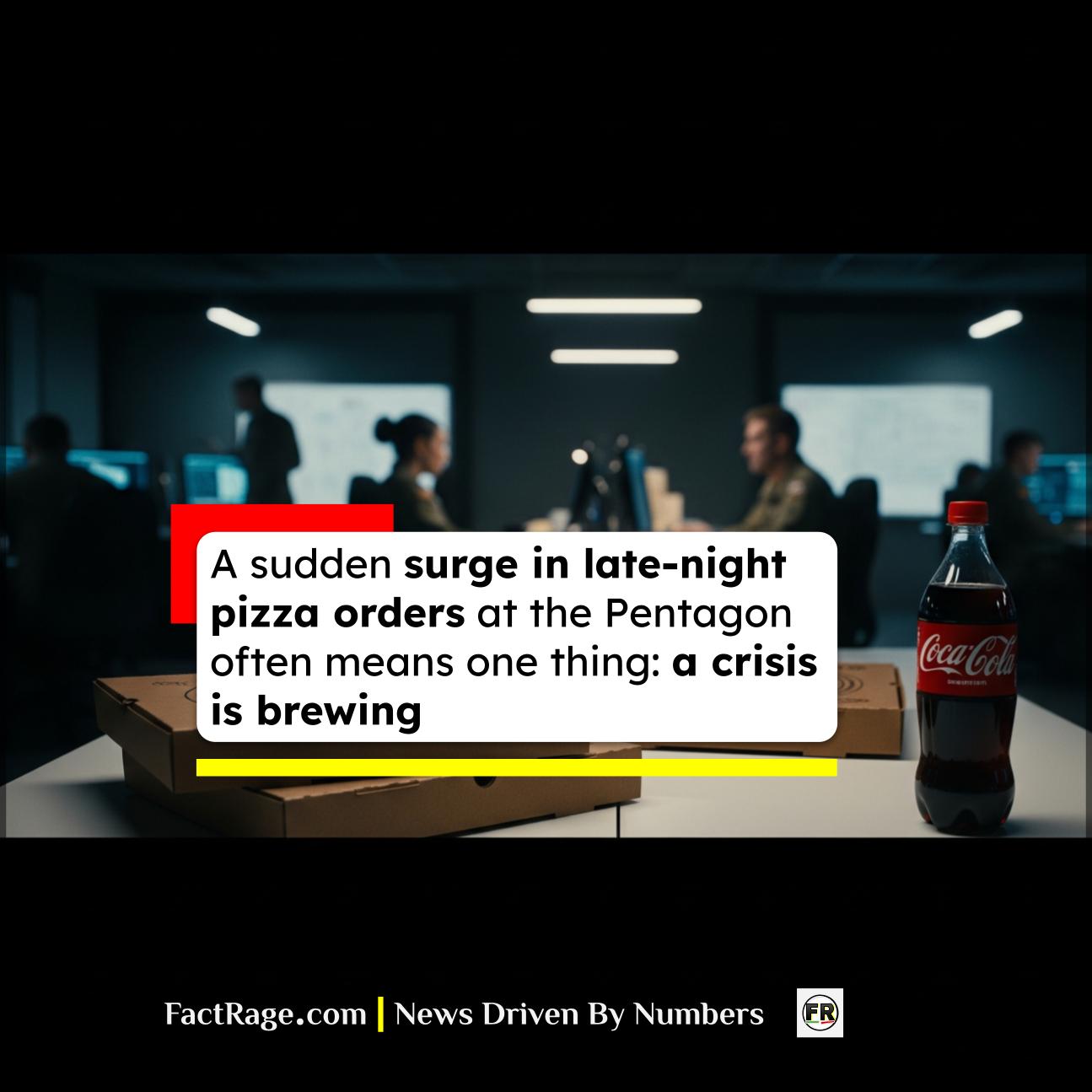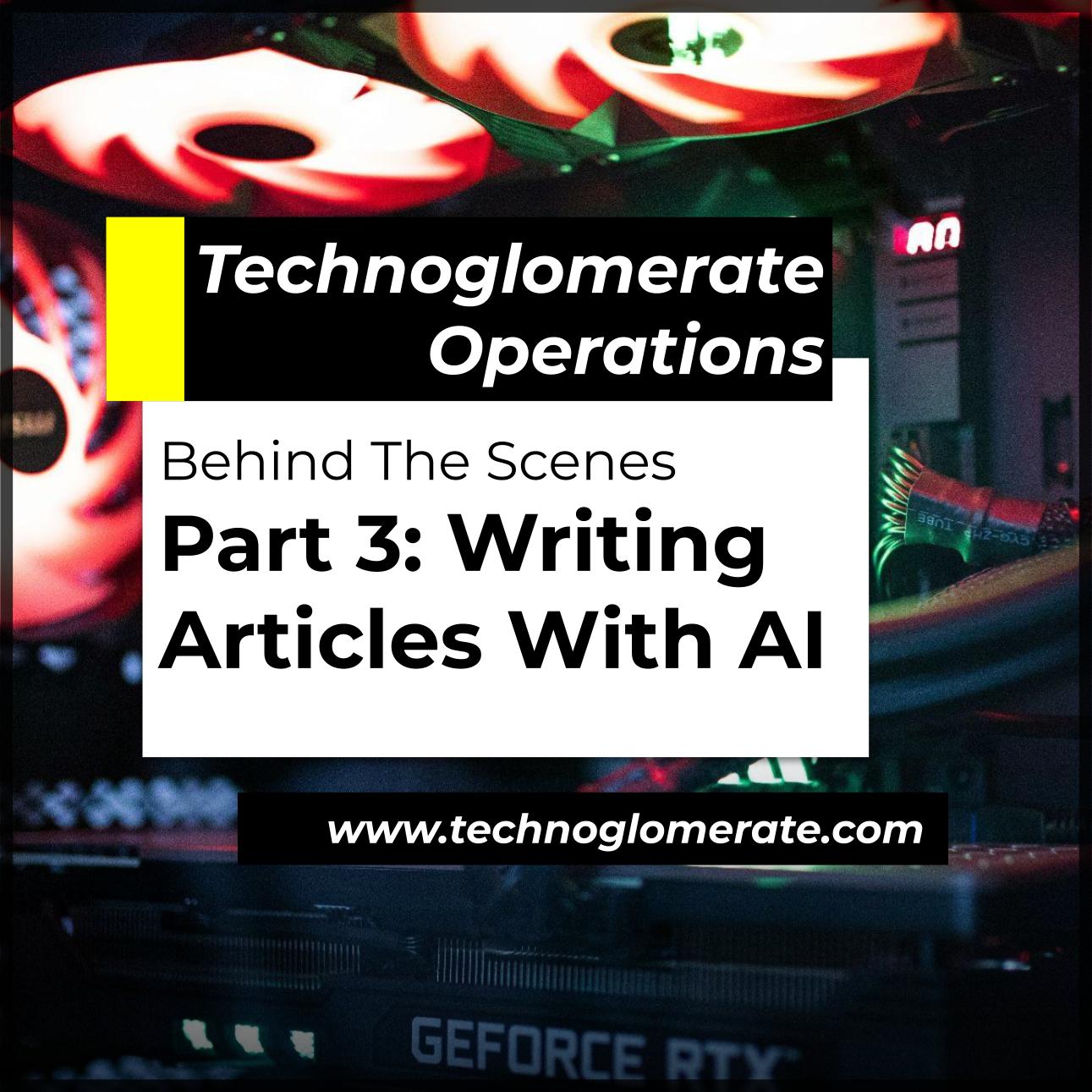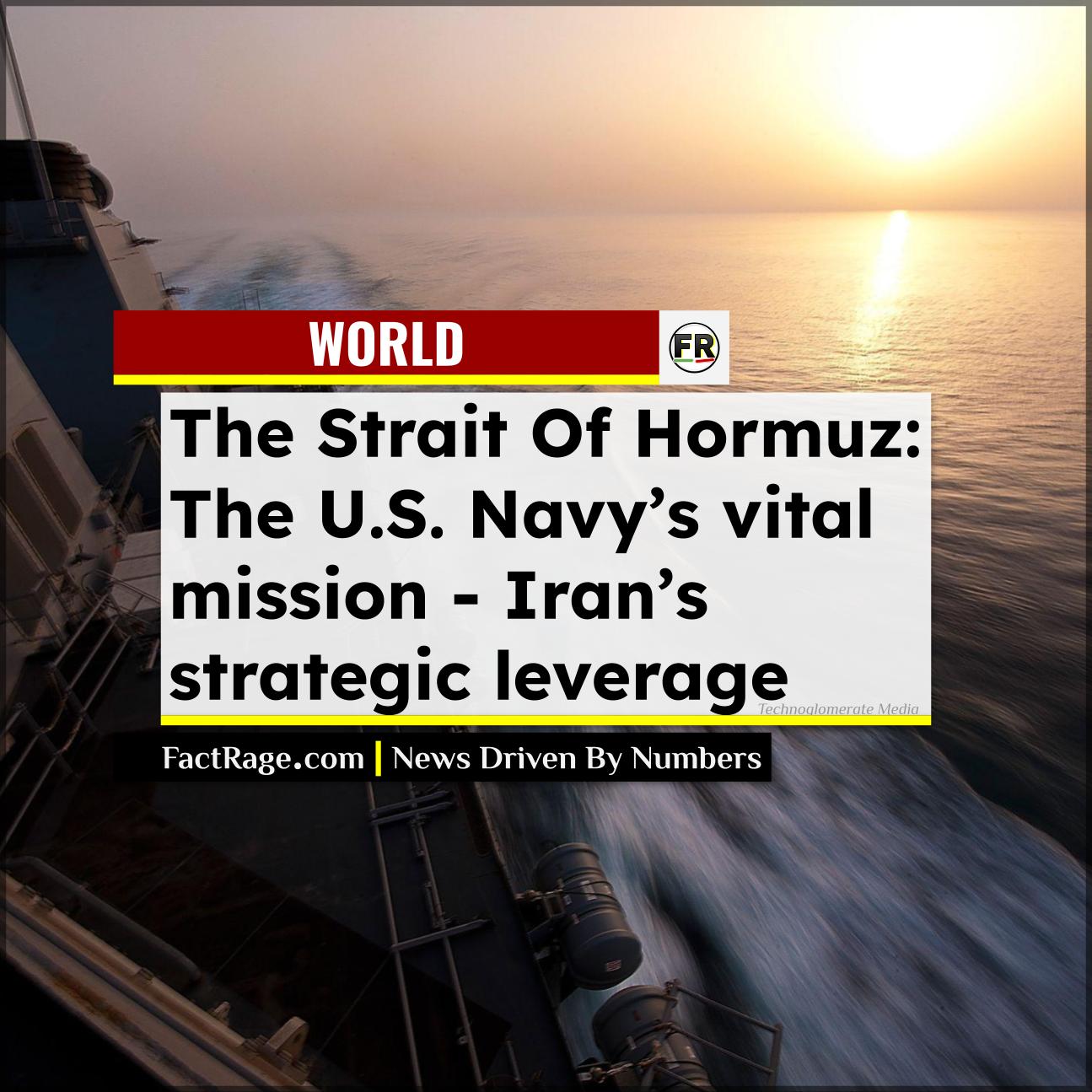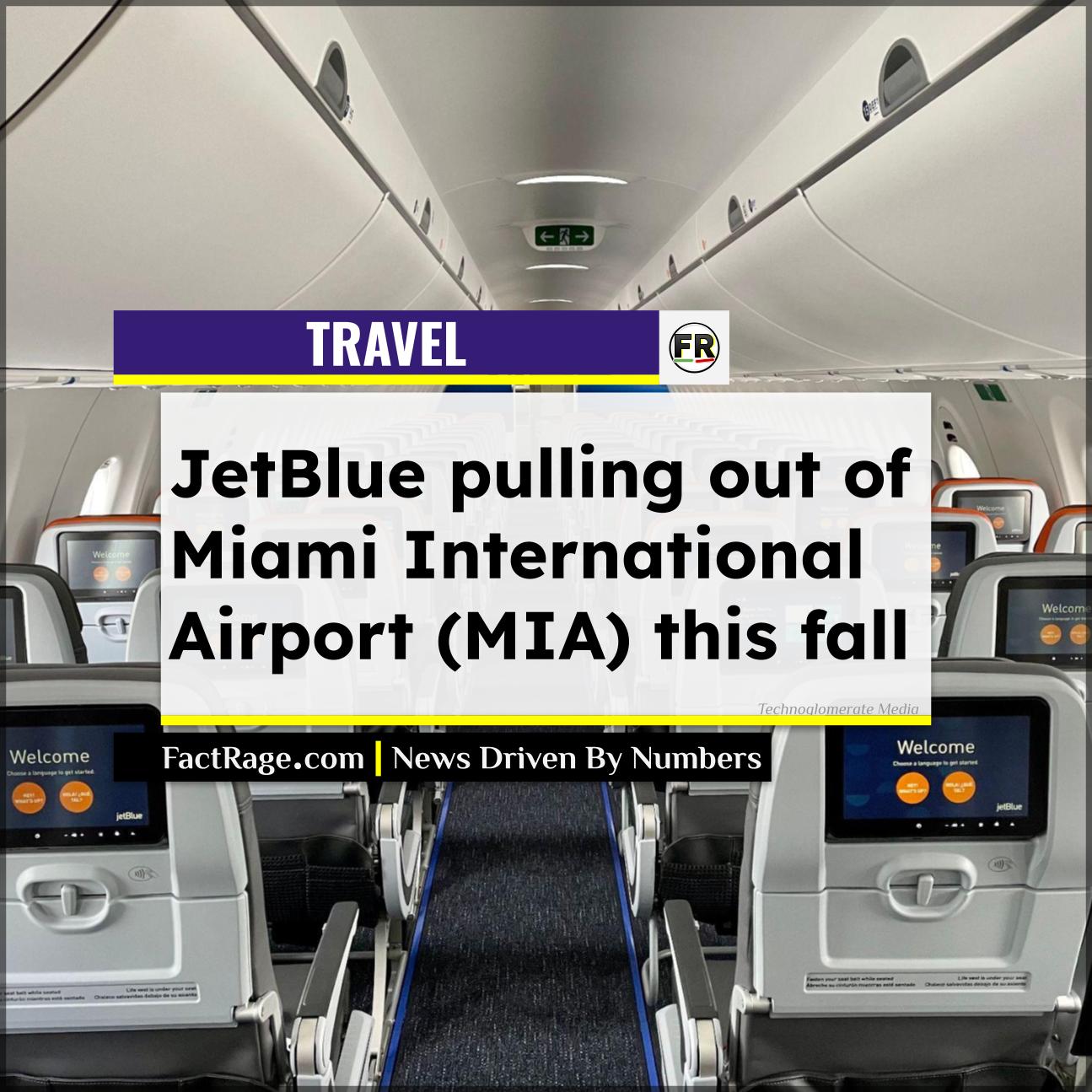WASHINGTON, D.C. – For decades, a peculiar theory has persisted in the nation’s capital: a sudden surge in late-night pizza orders to the Pentagon and other government centers can signal an impending military action or major political crisis.
- An Unlikely Origin – The concept was popularized in the early 1990s by Frank Meeks, a Domino’s franchisee who noticed a pattern of increased orders to the White House and Pentagon before major events like the invasion of Panama and the start of the Gulf War.
- The Logic – The theory operates on a simple premise: when high-level officials, staffers, and military personnel are forced to work late into the night to manage a crisis, they order food, and pizza was a primary late-night delivery option at the time.
- A Modern Relic – While once a compelling piece of folklore, the Pizza Meter is now considered an unreliable indicator due to the proliferation of food delivery services and heightened security measures at government buildings.
This informal, and occasionally accurate, indicator became known as the “Pizza Meter,” a piece of Washington folklore with roots in real-world observations from a time before the 24/7 convenience of the modern internet.
How a Domino’s Franchisee Devised an Unlikely Intelligence Tool

The story of the Pizza Meter begins with Frank Meeks, the owner of multiple Domino’s Pizza, Inc. franchises in the Washington, D.C. area. In the late 1980s and early 1990s, he observed a direct correlation between world events and his sales figures. He noted that just before the U.S. invasion of Panama in 1989 and again before the launch of Operation Desert Storm in 1991, his stores received a significant spike in late-night orders from the Pentagon and the White House.
The logic was straightforward. In an era before the widespread availability of other delivery options, a building full of people working around the clock needed to eat. Pizza was one of the few reliable, mass-produced foods that could be delivered hot to federal buildings late at night. Meeks began tracking these surges, turning his delivery data into an informal barometer of geopolitical tension.
From Local Lore to National News: The Rise of the ‘Pizza Meter’
The concept was too intriguing for the media to ignore. Meeks’ observations were picked up by news outlets, and the “Pizza Meter” quickly became a national phenomenon. Reporters would call Meeks during periods of international tension to get a “reading.” It was a classic “inside baseball” story that gave the public a tangible, and slightly comical, way to feel connected to the secretive inner workings of their government.
The phenomenon reached its peak in the 1990s, a time when the White House, under President Clinton, was known for marathon work sessions on everything from budget negotiations to foreign policy crises. A spike in pizza deliveries to 1600 Pennsylvania Avenue was seen as a clear sign that something significant was underway. The Pizza Meter represented a unique intersection of commerce, journalism, and political observation.
Why the Pizza Meter Is No Longer a Reliable Indicator
While the Pizza Meter remains a cherished piece of American political folklore, its practical application has all but vanished. The primary reason for its decline is the explosion of the food delivery market. With services like Uber Eats, DoorDash, and countless other restaurants offering delivery, the data from a single pizza chain is no longer a representative sample of late-night government dining habits.
Furthermore, security protocols at federal buildings, especially the Pentagon, have become significantly more stringent since the 9/11 attacks, complicating direct food deliveries. Lastly, the theory’s own popularity may have contributed to its demise. Once officials became aware that their dinner orders were being scrutinized, it is likely they sought more discreet ways to get a late-night meal. Today, the Pizza Meter serves as a nostalgic reminder of a simpler, pre-internet era in Washington, D.C.













